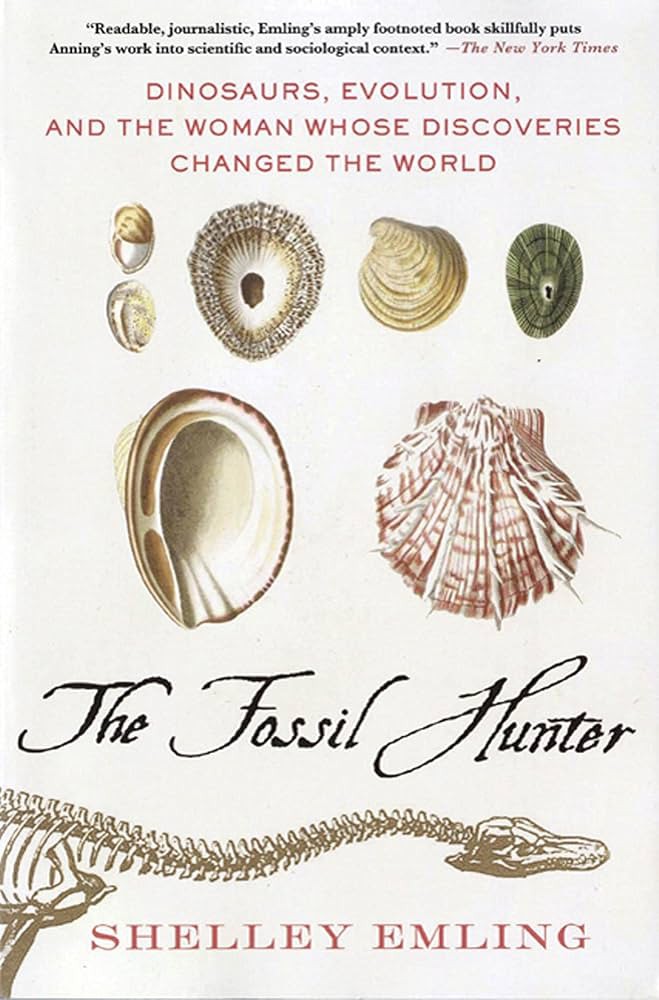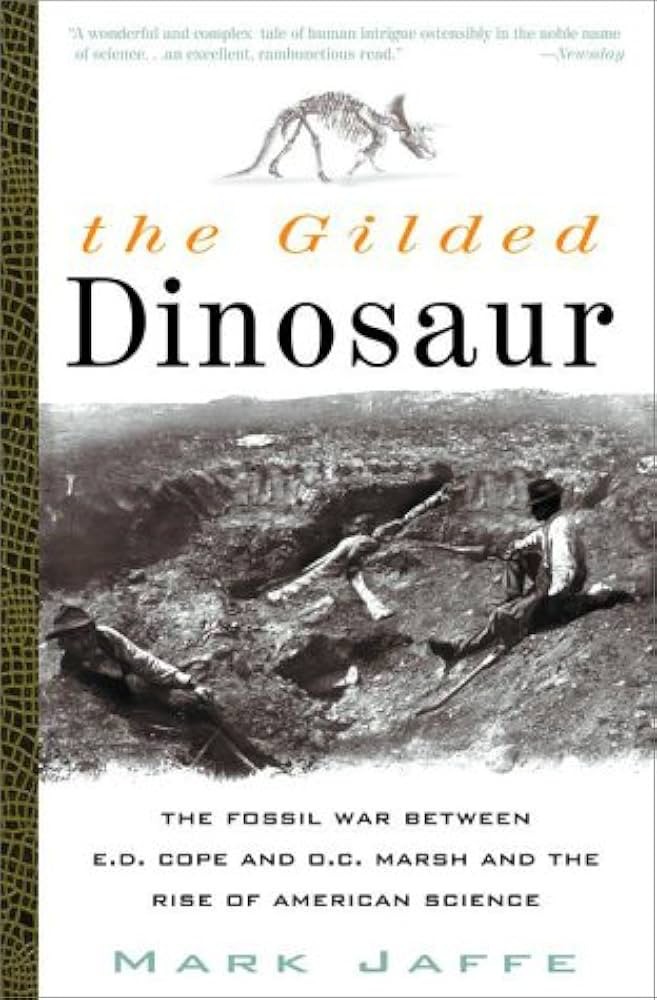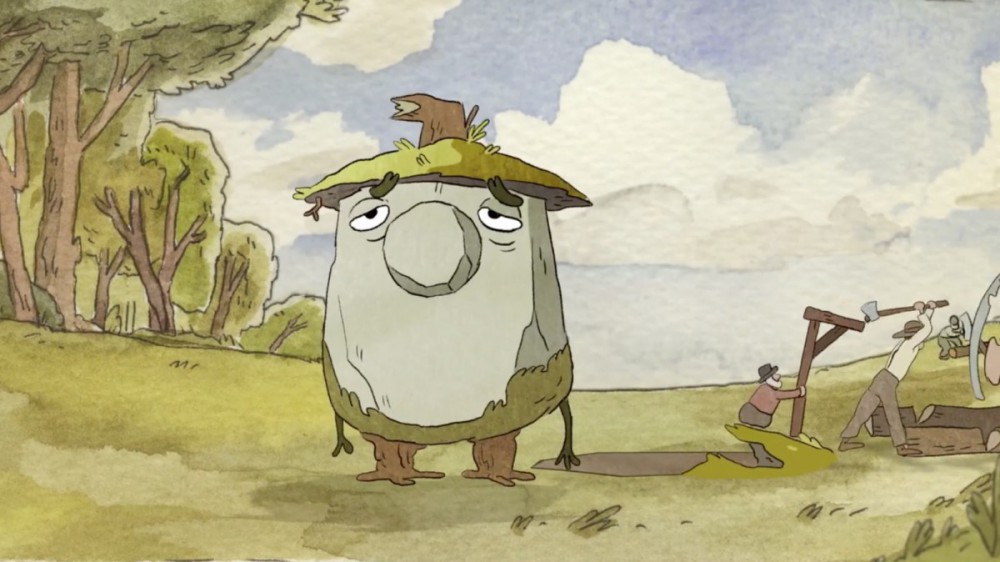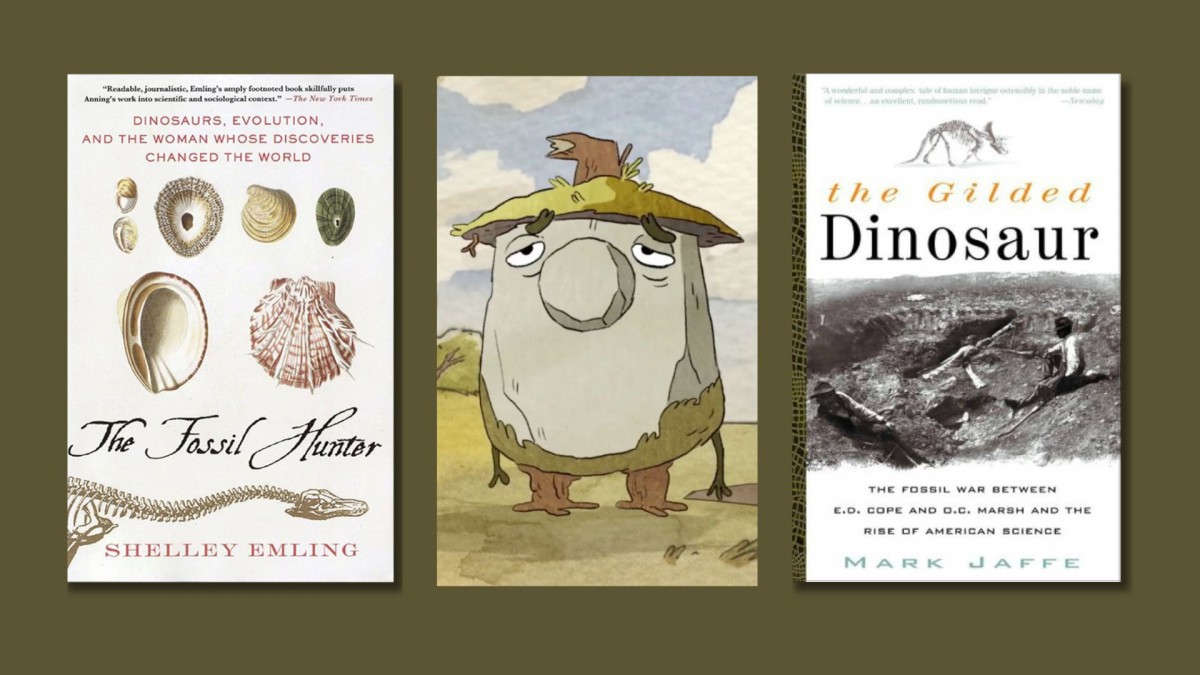In what’s referred to by some as the Sixth Mass Extinction, species face an extinction rate 100 to 1,000 times higher than before humans entered the Earthly scene. Ecofeminism has much to contribute to actions taken on the Sixth Mass Extinction. All forms of feminism critique false dualisms that produce systems of oppression and privilege, including male/female, masculine/feminine, mind/body, and rational/emotional. Ecofeminists deploy their critiques to the false divides of nature/culture and human/non-human, arguing that oppressive systems also result in environmental destruction, non-human exploitation, and, consequently, extinction. However, extinction is also totally normative on Earth. Thousands upon thousands of critters went extinct for many reasons during the hundreds of millions of years before evolution had even conceived the ill-fated experiment that is Homo sapiens. The notion that extinction is a planetary norm has been used by climate denialists to argue that we do not need to do anything about, or even believe in, human-induced climate and environmental change. It’s hard for ecofeminists to grapple with the normative nature of extinction, but grapple we must. The following resources can help us do just this.
“Gendering Extinction” (2015)
Audra Mitchell summarizes intersections of gender studies with discourse and action on extinction. This blog entry is a foray into thinking critically about conservation, reproductive injustices, gender essentialism, and heteronormativity from feminist and queer perspectives. For example: “Extinction is almost always understood against the horizon of survival and the imperative to sustain it – at least for life forms deemed to be of value to humans. In many cases, this imperative takes the form of deliberate strategies for enforcing existence. [...] [Thus] extinction is gendered in dominant scientific and policy frameworks. […] [P]rogrammes of enforced survival can, in the context of sexual reproduction, disproportionately burden female organisms with the task of avoiding extinction.”
“Wanting All the Species to Be: Extinction, Environmental Visions, and Intimate Aesthetics” (2019)
Stacy Alaimo’s article addresses the longing for “an abundance of nonhuman species to continue to exist” – that is, the longing to prevent extinction – and the recognition that “we,” humanity as a whole and especially as a species, are the cause of the Sixth Mass Extinction. However, distinctions and differences in oppressions and privileges among the collective “we” of humanity are often overlooked when extinction is framed solely in terms of species loss, since only species, not individuals or groups, go extinct. Concepts like taxonomy, ecosystem, and habitat “cannot be separated from histories of colonial encounters.” Alaimo advocates for feminist, queer, and Indigenous situated understandings of tangible connections with the natural world: “the pleasures of intimate relationality with other species, whether they be immediate or mediated, literal or speculative, practical or aesthetic, could provoke the passionate desire for the continued existence of [a] multitude of other species and multispecies communities, as well as sparking political activism and inspiring creative projects and everyday practices that sustain imperilled creatures.” For the more cerebral reader, Alaimo explores the question: “why should feminists care about extinction?”
The Fossil Hunter Dinosaurs, Evolution, and the Woman whose Discoveries Changed the World (2009)

The Gilded Dinosaur: The Fossil War Between E.D. Cope and O.C. Marsh and the Rise of American Science (2000)

An Object at Rest (2015)





_780_520_s_c1_c_t.png)

_780_520_90_s_c1.jpg)
